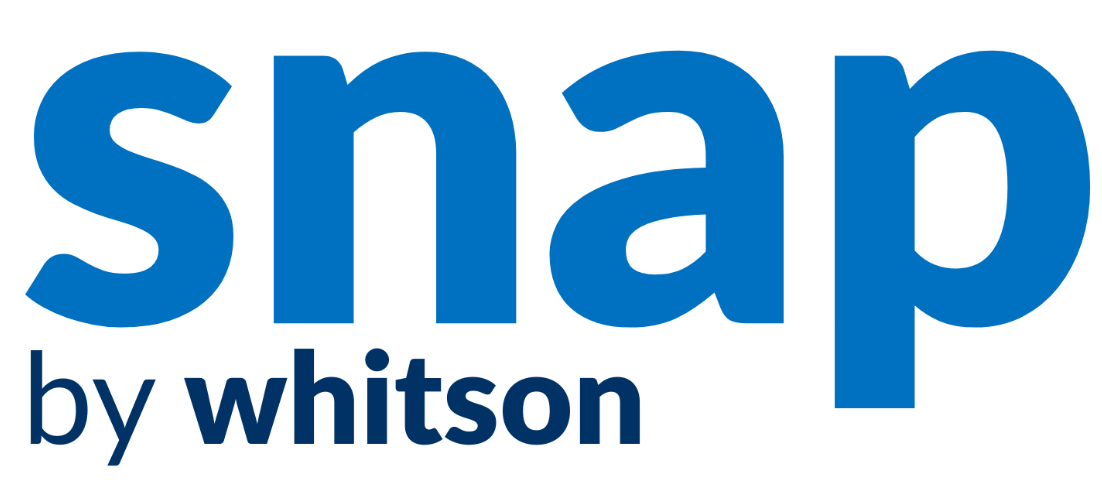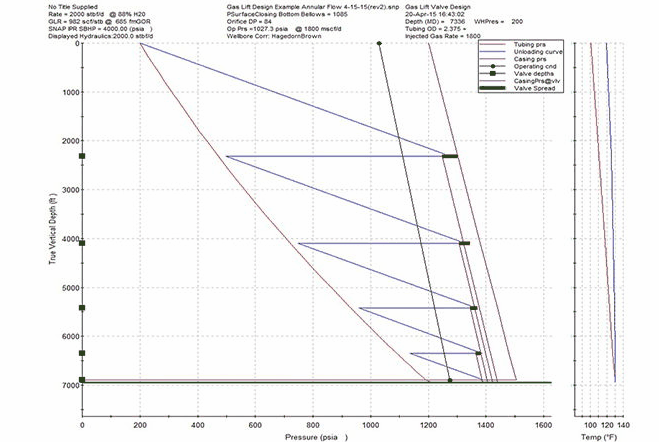Introduction

Welcome to the SNAP help files, where you can learn how to use the software.
SNAP is a tool designed to conduct well performance predictions using nodal analysis. With SNAP, you can analyze relationships between the reservoir, wellbore, and surface equipment to determine a well's production capacity. This analysis is called nodal analysis because these areas are segmented into nodes to better define their relationships.
If you need assistance downloading or installing any of our other software products, need help using a product, or have questions regarding our policies, please email snap@whitson.com
1. SNAP™ Software

1.1 Well Performance (NODAL Analysis) Software for the Oil & Gas Industry Gas-Lift Design, Analysis & Troubleshooting; and Jet Pump Design
SNAP™ allows you to analyze relationships between the reservoir, wellbore, and surface equipment to determine a well's production capacity. This analysis is called NODAL Analysis because these areas are segmented into nodes to better define their relationships. SNAP is now owned and maintained by Whitson AS. For more information, please contact sales@whitson.com or visit whitson.com.
SNAP provides the tools to optimize well production rates, estimate reservoir variables from production history, and predict a well's future production schedule with pressure transient results.
SNAP™ contains all the features of the most expensive commercial NODAL Analysis packages, except for compositional hydraulics. Its interface and features are designed around user needs, including:
- Rigorous, multi-layer IPRs
- Multi-segment horizontal well modeling
- Ansari, OLGA, and MONA hydraulics correlations
- Extensive database access for tubular, gas lift, and reservoir performance details stored on an ODBC database
SNAP™ qualifies for export under:
- ECCN code 5D992
- HTSUS 8523.49.2010
- CCATS G031433
SNAP's Features are the following:
- All reservoir performance models
- 12 tubing hydraulics correlations
- User input PVT and IPR for cases not covered
- Horizontal well modeling including well position in the drainage area
- Relative permeability effects for WSO evaluations
- Links with ProCast and other field-wide optimization models
- Fully editable, presentation-quality graphics and reports
- Perforated and GP completion effects, with completion pressure drop using real gas pseudo pressure
- Critical lifting rates, mixture velocities, erosional velocities, and PVT properties reported every 200 feet in the wellbore
- Multiple segment tubing strings
- Multi-zone completions with wellbore cross flow
- Deviated, stimulated, and partially penetrated wells
- Restriction pressure drops with sub-critical flow and four critical flow methods
- Sensitivities evaluated on all reservoir, completion, or tubing parameters
1.2. Gas-Lift Design
The gas lift design portion of SNAP allows an engineer to create a new gas lift design and/or troubleshoot an existing one. It also enables a single engineer to automatically troubleshoot all wells in the field and later review those with the greatest opportunity for increased production, safety risk, or mechanical issues. Many example datasets are included in the samples folder.
1.3. Jet-Pump Design
The jet pump design portion allows an engineer to create a new jet pump design and/or troubleshoot an existing one. Input data must be in English units, but there is an option to generate the output report in SI units.
1.3.1. Jet-Pump Design Basics
Many examples are provided in the sample datasets folder. Users are expected to be familiar with hydraulic pumping, jet pump operation, and size designations.
If additional information is needed:
-
Reference: JET PUMPING OIL WELLS by Hal Petrie, Phil Wilson, and Eddie Smart (WORLD OIL magazine, Nov 1983 – Jan 1984). Equations are intended for hand calculations.
-
Recommended: Chapter 6 of the PETROLEUM ENGINEERING HANDBOOK (Society of Petroleum Engineers), covering hydraulic pumping and the algorithms used in SNAP™ jet-pump design.
2. Technical References
-
Beggs, H. D. (2003). Production Optimization Using NODAL Analysis. Tulsa, Oklahoma: OGCI and Petroskills Publications.
-
Bradley, H. B. (1987). Petroleum Engineering Handbook, "Chapter 6: Hydraulic Pumping". (Society of Petroleum Engineers, Ed.) . Richardson, TX, U.S.A.: Society of Petroleum Engineers